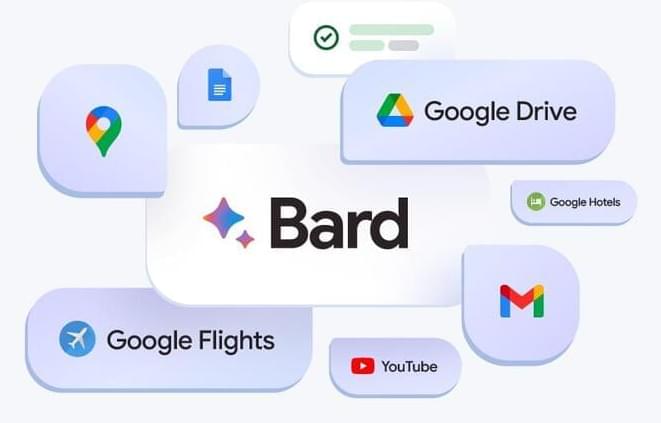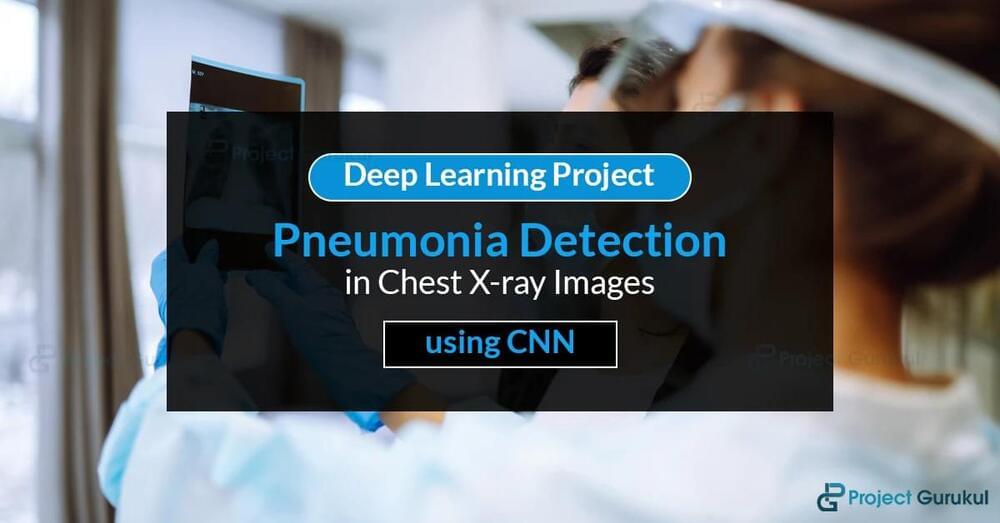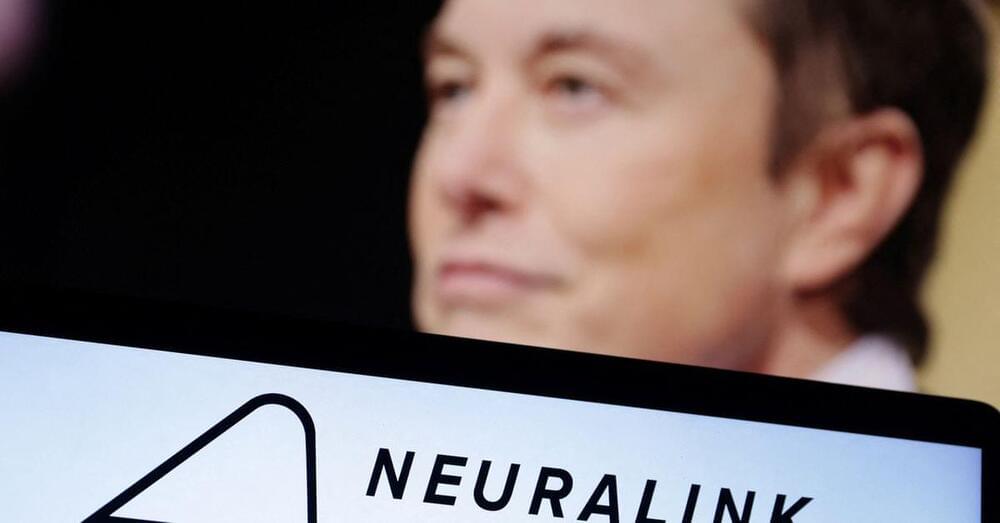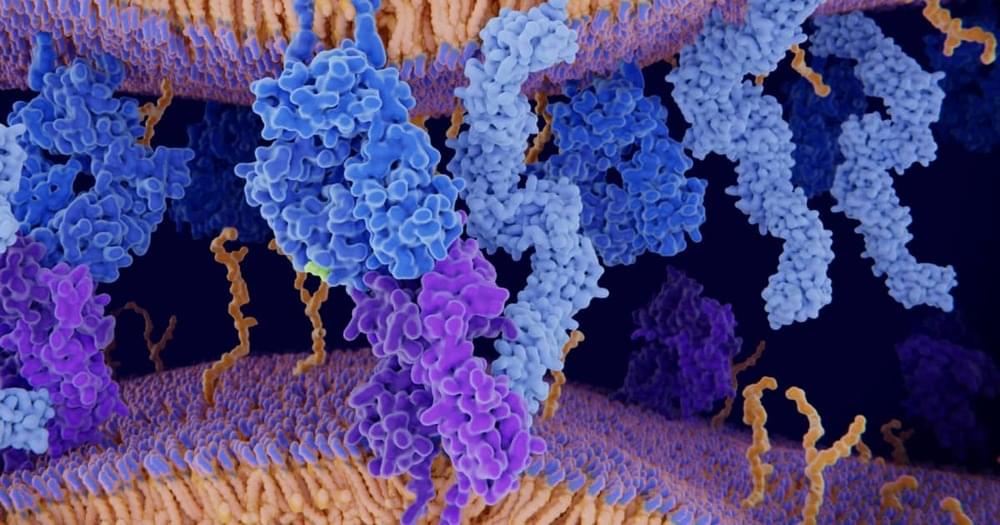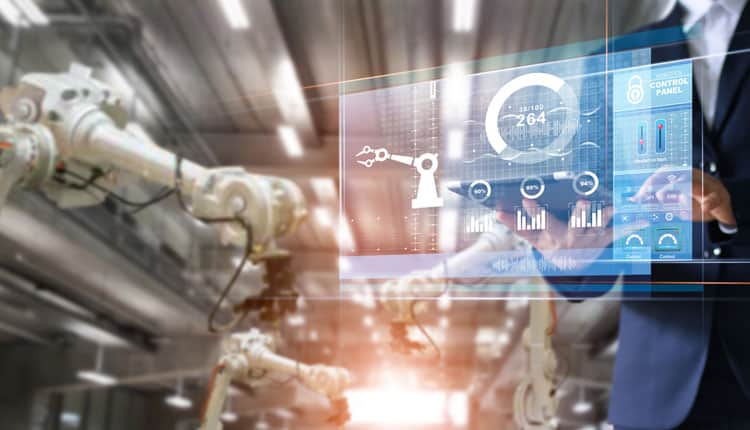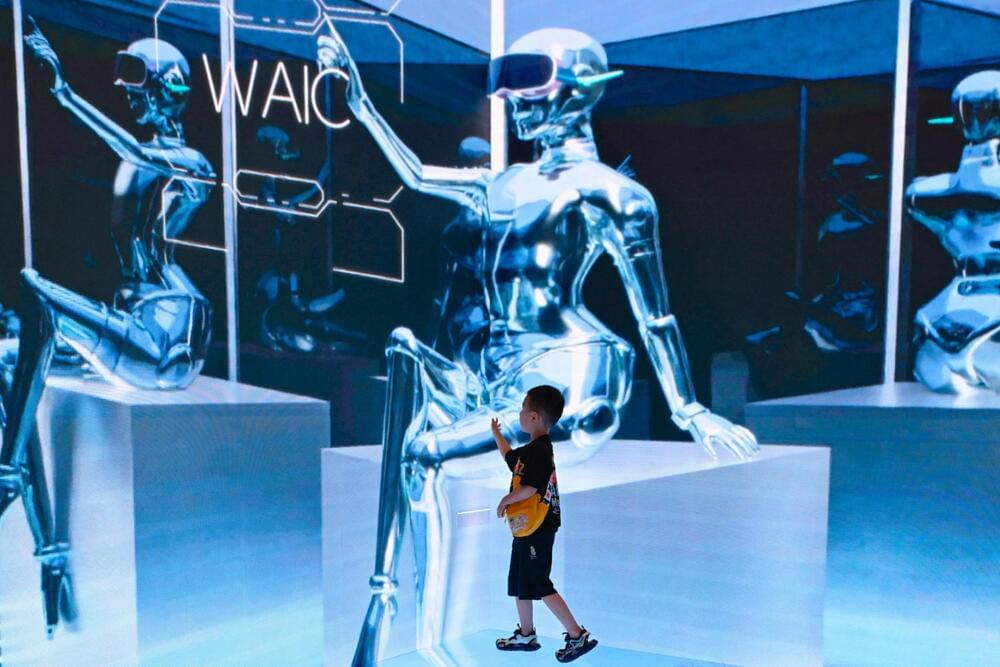Google’s Bard AI chatbot is no longer limited to pulling answers from just the web — it can now scan your Gmail, Docs, and Drive to help you find the information you’re looking for. With the new integration, you can ask Bard to do things like find and summarize the contents of an email or even highlight the most important points of a document you have stored in Drive.
There’s a whole range of use cases for these integrations, which Google calls extensions, but they should save you from having to sift through a mountain of emails or documents to find a particular piece of information. You can then have Bard use that information in other ways, such as putting it into a chart or creating a bulleted summary. This feature is only available in English for now.
